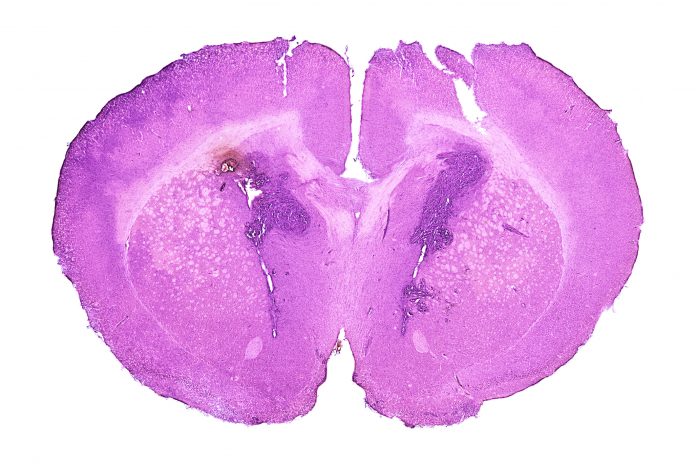
Since 2015, researchers with the Glioma Longitudinal Analysis (GLASS) Consortium have been studying the natural history of diffuse gliomas, and how their molecular anatomy changes over time. In the first analysis from the group, they discovered highly variable and patient-specific genomic alterations in patients with diffuse gliomas. They determined that mutations are largely driven early in glioma development and diverge rapidly thereafter. The study was published in Nature.
Diffuse glioma, the most common type of brain cancer in adults, is also one of the most difficult cancers to treat, almost always relapsing despite treatment. While earlier molecular studies, like the Cancer Genome Atlas, have mapped out a fairly thorough understanding of the somatic alterations and molecular subtypes of glioma at diagnosis, gliomas are known to undergo significant cellular and molecular evolution during disease progression. For these reasons,the GLASS Consortium’s was formed to understand glioma tumor evolution and expose therapeutic vulnerabilities.
Hypermutator Phenotype Revealed
For this study, the team studied the molecular profiles of glioma tumor samples taken at two time points during treatment of 222 adult patients. The samples represented the three major subtypes of diffuse glioma according to molecular markers: (1) IDH-mutant and chromosome 1p/19q co-deleted (2) IDH-mutant without co-deletion of chromosome 1p/19q (3) IDH-wild-type. They were also determined to be an initial or recurrent tumor.
Their analysis included DNA sequencing and clinical annotation of each sample. By analyzing mutations and copy numbers across the three major subtypes of diffuse glioma, they discovered that driver genes detected at the initial stage of disease were retained at recurrence. But, the gliomas evolved molecularly in a more random fashion fairly quickly in the early steps of cancer initiation.
“Our results provide evidence that the current standard of care therapies do not frequently coerce glioma down predictable paths,” the authors said in their paper. “Instead, an unexpected number of gliomas appeared to evolve stochastically after early driver events.”
They noted that treatment with alkylating agents – the current standard of chemotherapy for glioma – produced a “hypermutator” phenotype at different rates across the glioma subtypes. However, hypermutation was not associated with differences in overall survival. “The observation that treatment-induced hypermutation occurred across subtypes, but did not confer a detrimental effect on patient survival, leaves the clinical importance of glioma hypermutation uncertain,” they said.
Specifically, they observed that acquired aneuploidy where chromosomes are lost or acquired through cell division dysfunction, was frequently detected in recurrent gliomas. They noted mutations in isocitrate dehydrogenase (IDH) but without co-deletion of chromosome arms 1p/19q resulted in poor outcomes.
IDH mutations are oncogenic and occur in the vast majority of gliomas. They also develop early in gliomagenesis. Complete deletion of both the short arm of chromosome 1 (1p) and the long arm of chromosome 19 (19q) (1p/19q co-deletion) is the molecular genetic signature of oligodendrogliomas, which account for approximately ten to fifteen percent of all diffuse gliomas in adults.
The clonal architecture of each tumor remained similar over time, but the presence of subclonal selection was associated with decreased survival.
No Variability in Immune Activity
Because anticancer immunotherapy have emerged as a new therapeutic pillar, the researchers reviewed how immune activity influences glioma evolution. In cancer, immune activity promotes and hinders tumor growth in an immunoediting process involving elimination, equilibrium, and escape.
The research showed that immunoediting in gliomas do not vary over time, despite noted difference among patients. They did, however identify IDH1-related antigens at initial and recurrent stages, presenting a possible opening for vaccine treatment at both stages.
“Further molecular and immunological data are needed to fully understand the effect that this variability has on glioma evolution and to devise therapies directed at the glioma immune response,” they conclude.













